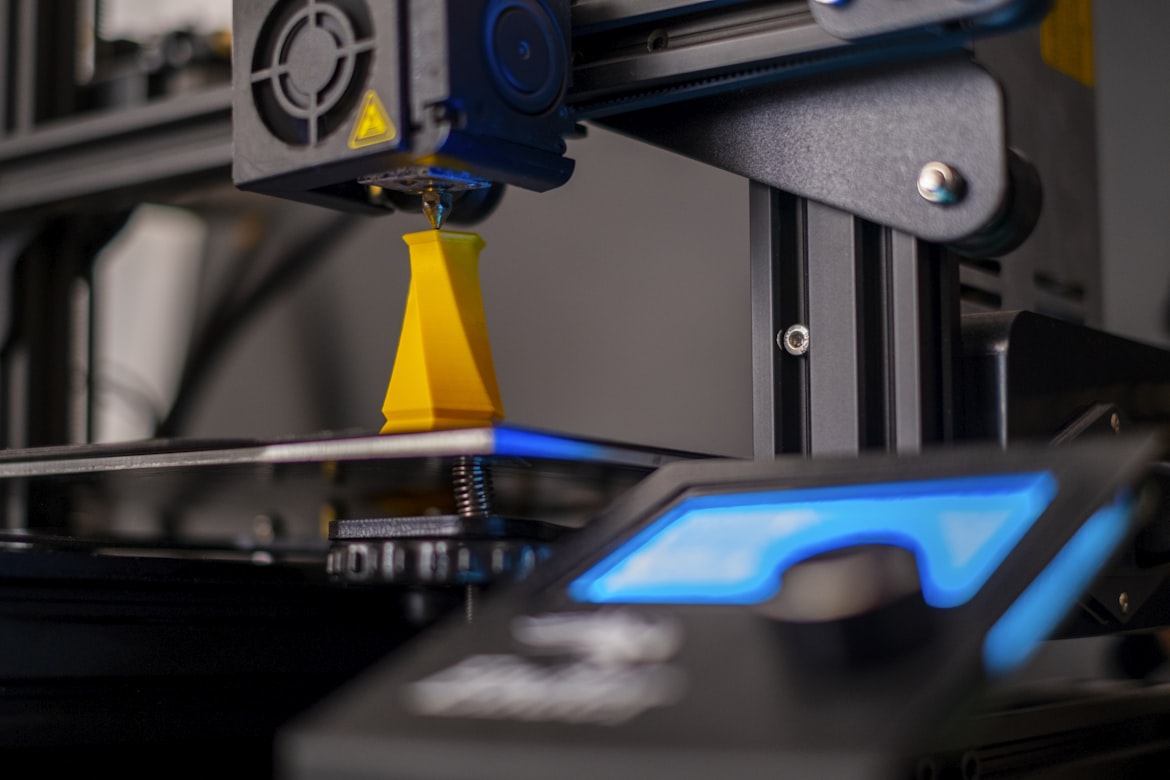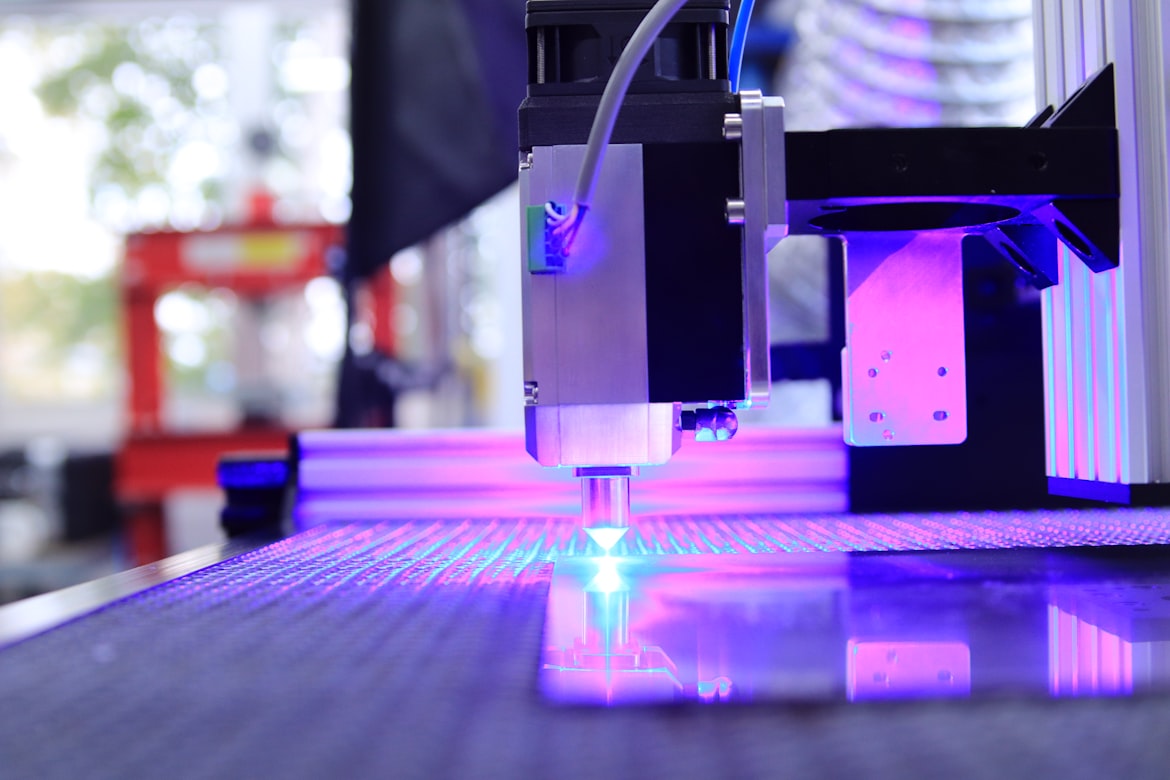The Revolution Unveiled: The Thriving Innovations in the 3D Printing Industry

In recent years, the 3D printing industry has emerged as a beacon of innovation, transforming the way we manufacture and create. With its vast potential and limitless possibilities, 3D printing has revolutionized various sectors, from manufacturing and healthcare to design and education. In this blog post, we will delve into the remarkable advancements and groundbreaking innovations that have propelled the 3D printing industry to new heights, shaping a future of unprecedented possibilities.

From Prototyping to Production: Scaling New Heights
While 3D printing initially gained recognition for its rapid prototyping capabilities, it has now evolved into a viable production technology. Thanks to continuous advancements in materials, processes, and printers, industries such as aerospace, automotive, and consumer goods are embracing 3D printing for end-use parts and components. With improved speed, accuracy, and reliability, 3D printing is reshaping traditional manufacturing paradigms, enabling more efficient production workflows and reducing time-to-market.
Materials Matter: Expanding Horizons
The 3D printing industry has witnessed a tremendous expansion in available materials. Beyond the commonly used thermoplastics, a wide range of materials, including metals, ceramics, composites, and biocompatible substances, are now compatible with 3D printing technologies. This proliferation of materials has opened up new avenues for innovation across industries, enabling complex designs, enhanced functionality, and improved performance. From lightweight aerospace components to patient-specific medical implants, the material possibilities in 3D printing are virtually limitless.
Printers of Precision: High-resolution and Large-scale
Advancements in 3D printer technology have brought about significant improvements in both resolution and size capabilities. High-resolution printers allow for intricate and detailed prints, suitable for applications requiring fine details and smooth surface finishes. On the other end of the spectrum, large-scale printers have emerged, capable of fabricating life-sized objects, architectural models, and even building components. These advancements in printer capabilities have expanded the scope of 3D printing, offering new opportunities for creative expression and large-scale manufacturing.
Additive Manufacturing: Complex Geometry Unleashed
One of the most transformative aspects of 3D printing is its ability to create complex geometries that were previously unattainable using traditional manufacturing methods. The layer-by-layer additive process allows for the fabrication of intricate shapes, internal cavities, and optimized structures that offer enhanced functionality and performance. This newfound freedom in design empowers engineers, architects, and artists to push the boundaries of what is possible, resulting in groundbreaking creations and innovations.
Industry Collaborations: Pioneering Partnerships
The rapid growth of the 3D printing industry is fueled by collaborative efforts between technology companies, research institutions, and forward-thinking organizations. Cross-industry collaborations are driving innovation by combining expertise from various fields, such as material science, software development, and engineering. These partnerships have accelerated advancements in 3D printing technologies, expanding applications, and fostering knowledge exchange that fuels further innovation.

The 3D printing industry has witnessed an extraordinary evolution, propelling innovation across sectors and opening up a world of possibilities. From its humble beginnings as a prototyping tool, 3D printing has emerged as a viable manufacturing method, pushing the boundaries of design, materials, and scale. As the industry continues to grow, the opportunities for transformative innovation will only expand. From aerospace and healthcare to art and education, the impact of 3D printing is reshaping the way we create, manufacture, and imagine. With each new advancement, the 3D printing industry continues to unlock the potential for limitless innovation, setting the stage for a future where imagination knows no bounds.




Comments